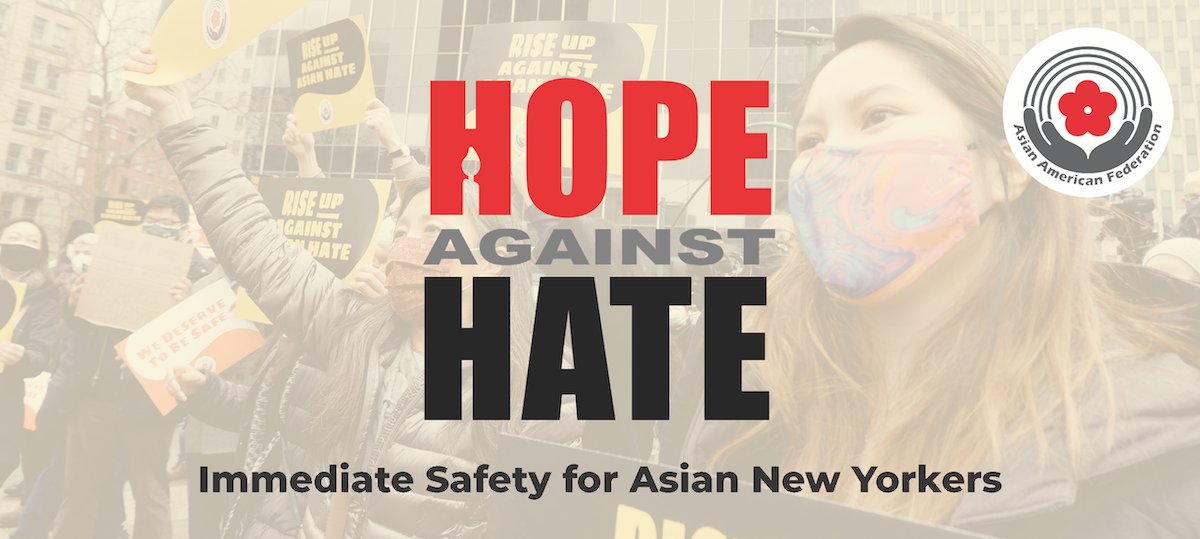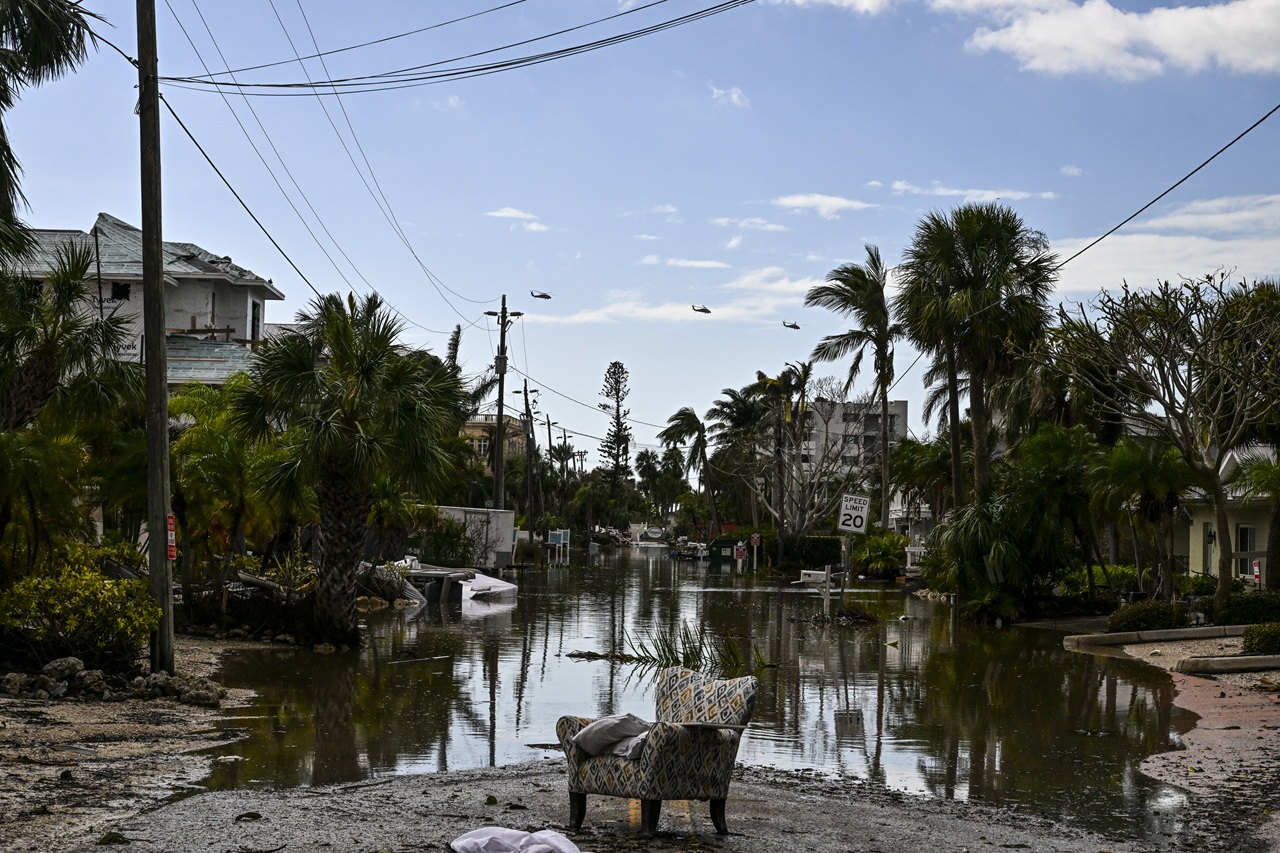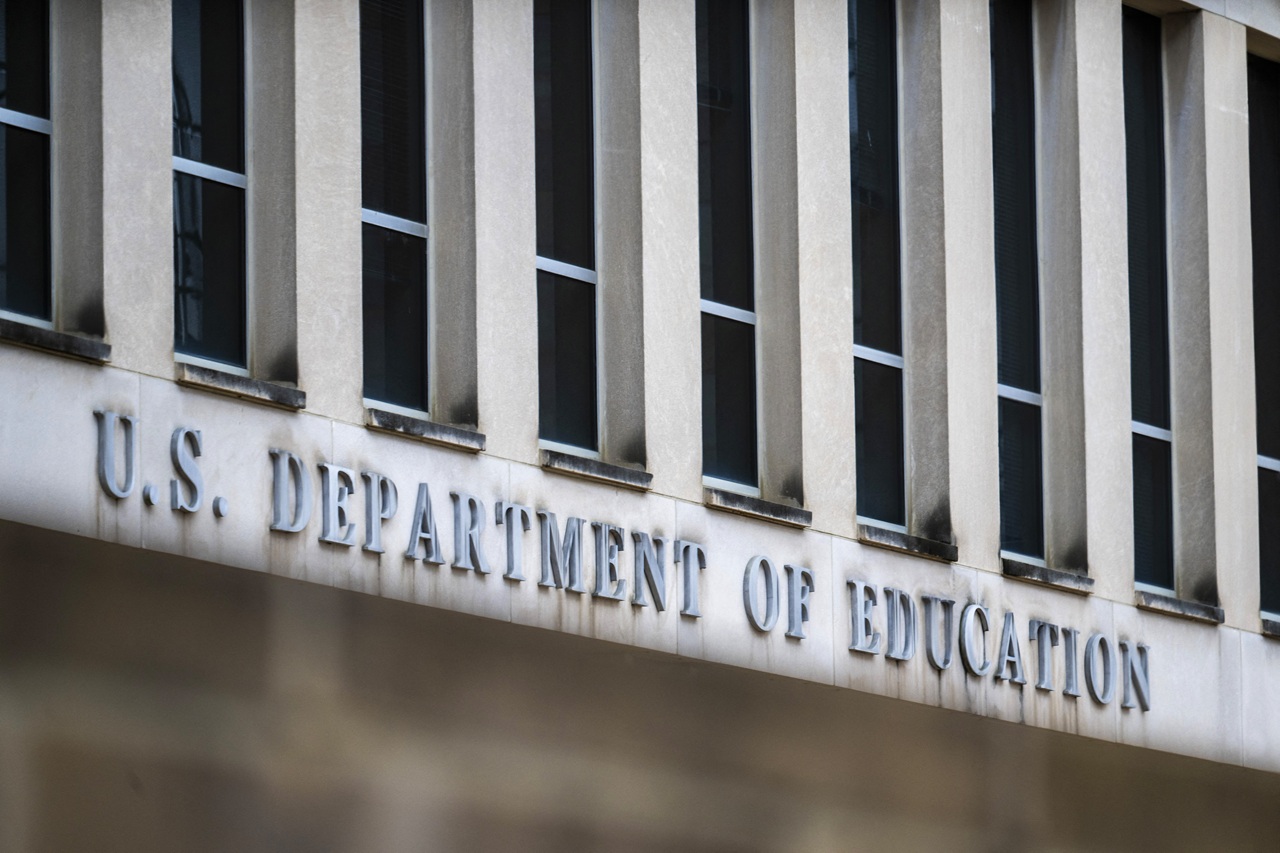
A proactive plan to battle AAPI hate in New York City needs more funding to work
The Asian American Federation established the #HopeAgainstHate campaign in April and now needs help to continue the work.
Asian-Americans are the fastest-growing population in New York City, and at 1.3 million people, they make up 16% of the city’s overall population.
Throughout the pandemic, many Asian-Americans risked their lives serving their communities as essential workers. However, as the nation slowly begins to recover from a traumatic year, Asian-Americans across the country, especially New Yorkers, are being subjected to heinous and violent racial attacks.
This alarming and ongoing rise in anti-Asian hate crimes can be attributed to anti-Chinese sentiment that has found a home deep in U.S. soil for centuries. Asian-Americans have never truly been perceived or accepted as authentic Americans, and have faced racism and discrimination since the Page Act of 1875.
Immigrant justice has always been reproductive justice. The first restrictive federal immigration law was the Page Act of 1875, which effectively sought to prevent Asian women from immigrating and starting families in the US.
— NAPAWF (@NAPAWF) September 15, 2020
These anti-Asian sentiments were exacerbated by racist rhetoric perpetuated by politicians.
The first documented case of COVID-19 came from Wuhan, China, and former President Donald Trump and other politicians decided to use terms like “Kung Flu,” and “China Virus,” to describe the deadly disease.
This kind of language resulted in all Asian-Americans being scapegoated for the very pandemic they played a huge part in fighting. Americans of many different backgrounds, Chinese, Vietnamese, Thai, Filipino, Korean and more, have experienced brutal attacks and harassment for over a year now.
“We were getting reports from all over the country while people were living their daily lives and being assaulted, verbally harassed,” Stop AAPI Hate Co-Founder Cynthia Choi says about reporting anti-Asian hate. “We’ve been sounding the alarms... for quite some time now.” pic.twitter.com/rIYAH4tgvs
— Yahoo Finance (@YahooFinance) April 6, 2021
New York in particular has been struggling to combat the overwhelming onslaught of hate crimes. In May, Stop AAPI Hate reported more than 6,000 anti-Asian incidents nationwide from March 2020 to March 2021, with New York ranking as the state with the second-highest number of hate incidents reported.
On Thursday, April 1, the Asian American Federation (AAF), one of the strongest advocacy groups pushing for better services, policies and funding for Asian New Yorkers, launched the #HopeAgainstHate campaign.
AAF's #HopeAgainstHate Campaign can be implemented quickly, efficiently, & most importantly, effectively, says @CMPeterKoo and AAF's Jo-Ann Yoo in this op-ed.
— Asian American Federation (@AAFederation) June 29, 2021
Today would be a good day for @NYCCouncil
to help #StopAsianHate by funding #HopeAgainstHate. https://t.co/ppSQlfxe1c
The Hope Against Hate campaign will establish safety ambassador programs in Asian enclaves across NYC, set up multilingual victim-support services as well as an assistance fund to help with assault-related expenses, mental health support, and multilingual safety training for successful self-defense and bystander intervention techniques.
The Hope Against Hate campaign will partner with small businesses and places of worship throughout the city to set up “safe zones” marked with identifiable posters for Asian-Americans to seek refuge during or after an attack.
The campaign will collaborate with schools, impacted stakeholders and senior citizens to offer tailored verbal de-escalation and physical self-defense training in English, Chinese, Japanese, Vietnamese, Korean and Tagalog.
In April, Ravi Reddi, AAF Associate Director of Advocacy and Policy, conducted a virtual press conference alongside prominent NY politicians, including Senate Majority Leader Chuck Schumer and Brooklyn Congresswoman Yvette Clarke.
“This isn’t just an Asian American problem. This is an all of us problem,” Reddi said.
AAF’s campaign still needs funding from New York City Council to implement all of their plans.
In an op-ed published on Tuesday, June 29, Peter Koo, a councilmember from Queens’ 20th District, and Jo-Ann Yoo, executive director of AAF, outlined the urgent need for the Council to get behind the campaign and create safer communities for Asian New Yorkers.
RELATED CONTENT
Thank you @CMPeterKoo for highlighting AAF's community-based solution to anti-Asian hate in this @CityLimitsNews op-ed as one that doesn't "just address the assault after it has already taken place;" but "actively seeks to prevent it from ever happening again."#HopeAgainstHate https://t.co/n59pqTokDo
— Asian American Federation (@AAFederation) June 29, 2021
To really paint the picture of how severe the problem has become, Koo and Yoo began the article by recounting the stories of two recent hate incidents in NYC.
On Monday, June 21, a 57-year-old Asian woman and her grandchildren were verbally harassed by a man in Tribeca, who yelled “F–cking Chinese people!” at them.
That same day, a 23-year-old woman heard the same awful words thrown at her, and the assailant kicked her in the leg before attempting to pull out a knife.
“With each new assault every day and week, it is painfully obvious that New York City’s existing solutions are not doing enough to address the crisis that puts its 1.3 million Asian Americans in harm every time they step out of their homes,” the authors wrote.
Koo and Yoo then explained that New York’s response to the rise in hate crimes has been too reactive, and not preventative. This type of approach is not a long-term solution, and AAF’s campaign is the key to a safer city.
“For a new solution to work, it must not just address the assault after it has already taken place; it must actively seek to prevent it from ever happening again,” they wrote.
To emphasize their point further, the authors described possible scenarios in which Asian New Yorkers of all ages could feel and be safer, breathe a little easier, defend themselves with confidence, and have access to multilingual services and support.
“This does not have to be a desperate fantasy; we have the power to make it a hopeful reality,” wrote Koo and Yoo.
So grateful to @nys_health for their support! Thanks to their generosity, we can continue to keep Asian American communities safe. #StopAsianHate
— Asian American Federation (@AAFederation) June 24, 2021
Learn how you/your org can be part of our #HopeAgainstHate campaign: https://t.co/ciQSSN2XyX pic.twitter.com/dsx72mUbTQ
But without the help from city leaders in securing the $10 million in new initiative funding, the city will remain stuck in this nightmarish reality, where Asian New Yorkers are afraid to go to work, to the park and to the grocery store.
“We must look towards creating a new solution — one that can be implemented quickly, efficiently, and most importantly, effectively. Luckily for us, the Asian American Federation has that solution,” they wrote.











LEAVE A COMMENT: